Top 5 Digital Technologies to Improve Patient Safety During a Pandemic
Healthcare priorities have certainly shifted during the COVID-19 pandemic. Luckily, the right technology can help you through these challenging...
3 min read
 Lynn Schutte
:
April 22, 2020
Lynn Schutte
:
April 22, 2020
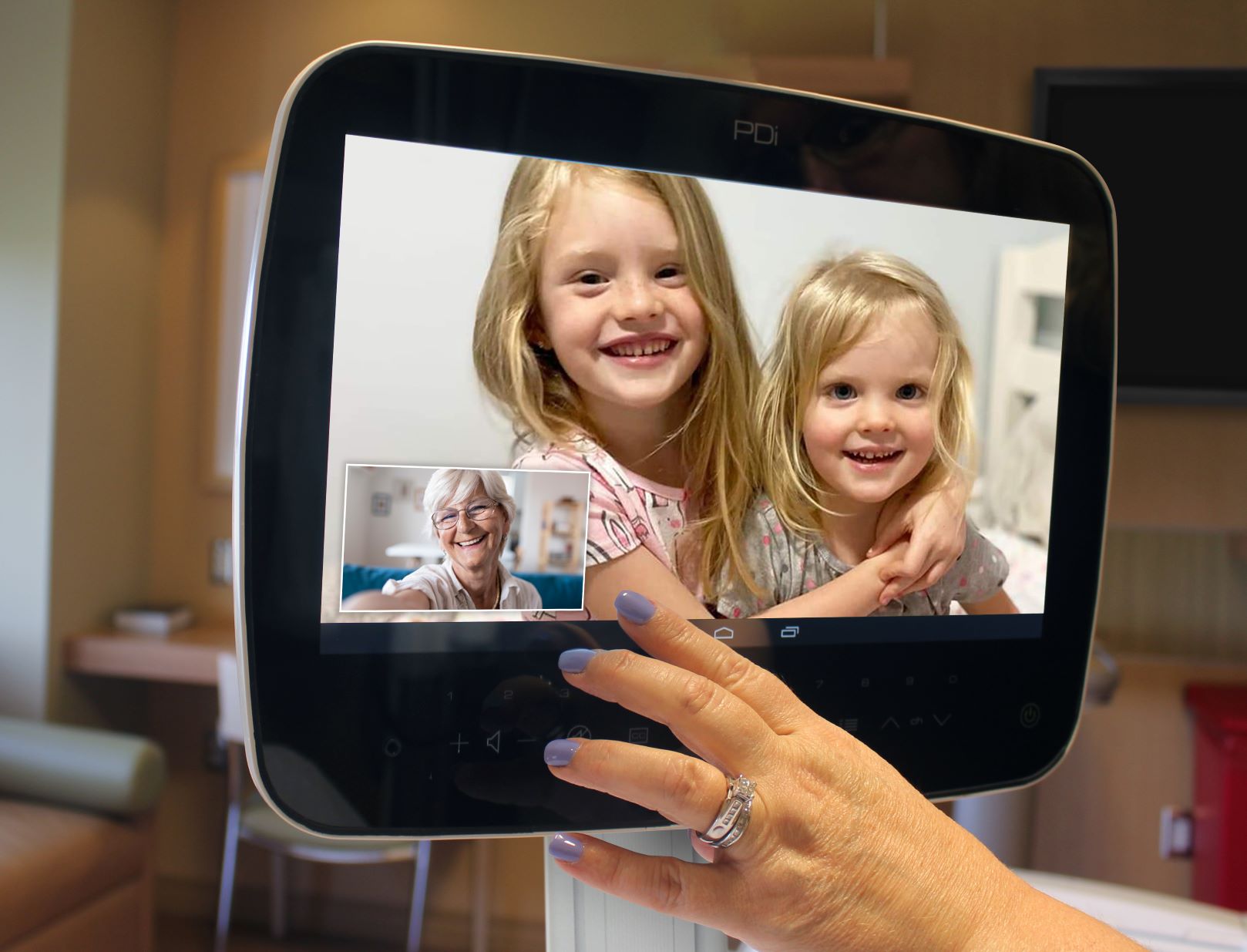
For years now, the US healthcare industry has slowly been adjusting to the need for telehealth, but adoption hasn’t been systematic. As the COVID-19 pandemic spread throughout the country and the world, the need for telehealth and telemedicine has increased significantly and quickly. It's important to remember that there is a difference between telehealth and telemedicine. Let’s explore three of the most important ways your facility staff, patients and senior residents can benefit from video calls and telemedicine physician consults.
Healthcare workers are focused on infection control, both to protect themselves and ensure patient safety. Traditionally, this comes from using personal protective equipment, environmental services teams following strict cleaning and sanitization practices, and purchasing products designed for harsh healthcare cleaning standards, such as products having antimicrobial plastics.
More recently, another tool to limit the spread of infection at healthcare facilities, is to use telecommunication technologies. Telemedicine allows patients to receive high-quality care without needing to visit an office or hospital where patients could potentially be exposed to, or expose others to, COVID-19 or another virus or infection. Telemedicine is also working to protect patients and healthcare workers within hospitals. By using telehealth carts within a hospital, specialists can see multiple patients in a day without having to gown up to physically visit each one. This decreases the chances of spreading infections and protects healthcare professionals, and it also lessens the otherwise-increased need for PPE. It also improves the patient experience, as seeing healthcare providers in full PPE can sometimes cause unneeded anxiety for patients.
Senior living center administrators, staff and senior residents also benefit from the use of telehealth carts to limit the spread of infectious diseases. As this industry struggles to safely “keep families close” during the global pandemic, a mobile cart built for a telehealth application can serve to safely allow telemedicine visits from care providers, staff check-ins, as well as allow residents to video chat with friends and families. A healthcare-grade touchscreen device designed for stringent cleaning standards is a preferred solution versus passing around consumer grade tablets.
Telehealth can also be used in times like these by other types of healthcare organizations. Specialty doctors, primary care physicians, mental health and other professionals can continue to see patients without actually needing to open their doors to many different people. For instance, some cancer patients or surgery patients can be seen for follow-up appointments via telemedicine visits. This is also a great way to screen patients first to see if they will need to physically come into the office for an in-person appointment.
Sure, there are likely some patients who can reschedule their appointments, but not everyone can wait for a few months - or indefinitely. Offering telehealth visits and consultations allows patients to continue receiving the care they need and lets healthcare organizations maintain continuity of care, and a necessary stream of income.
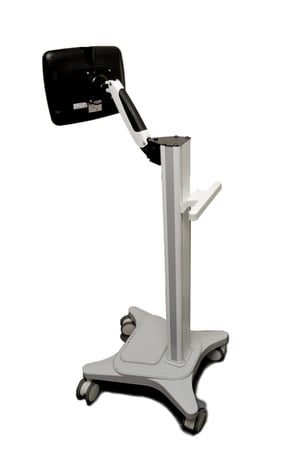
If another pandemic like this occurs, will your facility be prepared to handle it? While the world, and this blog, is certainly focused on the current COVID-19 scenario, telehealth will be important long after this current situation. Infectious diseases expand far beyond COVID-19, and are an annual occurrence.
Technology has changed the way we communicate, and telehealth will do the same in the healthcare industry for many years to come. Even after the COVID-19 crisis has passed, patients might choose to have a virtual consultation with their physician, rather than risking exposure by physically visiting an office. Telehealth can also improve the patient experience by allowing patients more flexibility when planning for appointments. Visiting their healthcare provider by staying at home and using a webcam can save time, and for some people it saves the cost and hassle of childcare and transportation.
PDi has now launched a telehealth video call solution on a mobile cart, built for healthcare, and featuring Teleray, the most intuitive user experience by Nautilus Medical. Offer telehealth visits for patients or let your senior residents video call with their family to improve their experience and stay connected with their loved ones and improve the family’s peace of mind.
Telehealth is here to stay, and it’s making waves in the medical community. Whether you offer an app for patients to view their medical records, a program for secure video calls or another form of telehealth, having the capability to examine, evaluate and potentially diagnose patients remotely is going to be a necessity moving forward.
Learn more about why we do what we do, and why we’re so passionate about it. We’re an American manufacturer that exclusively builds products to serve patients and healthcare. For 40 years we’ve served our customers and the healthcare industry to improve the patient experience by providing important patient entertainment and communications. We’re innovating alongside the healthcare industry to bring you the most impactful patient technology solutions, from entertainment to telehealth.
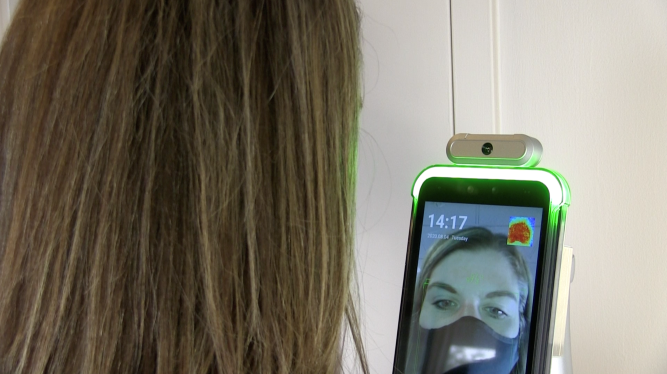
Healthcare priorities have certainly shifted during the COVID-19 pandemic. Luckily, the right technology can help you through these challenging...
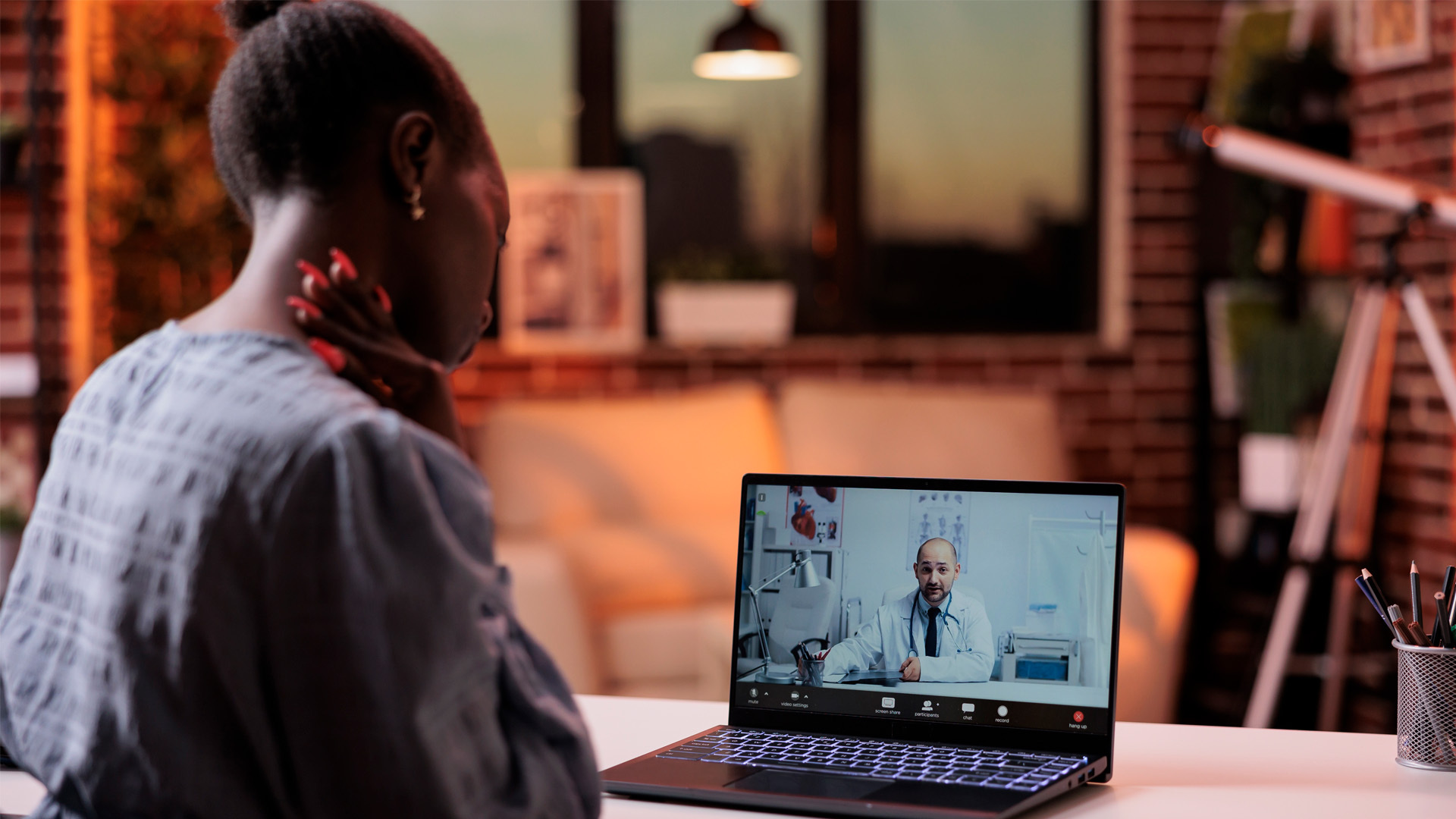
Since the emergence of Covid-19, Telehealth services have seen rapid expansion. The pandemic completely transformed the way medical services are...
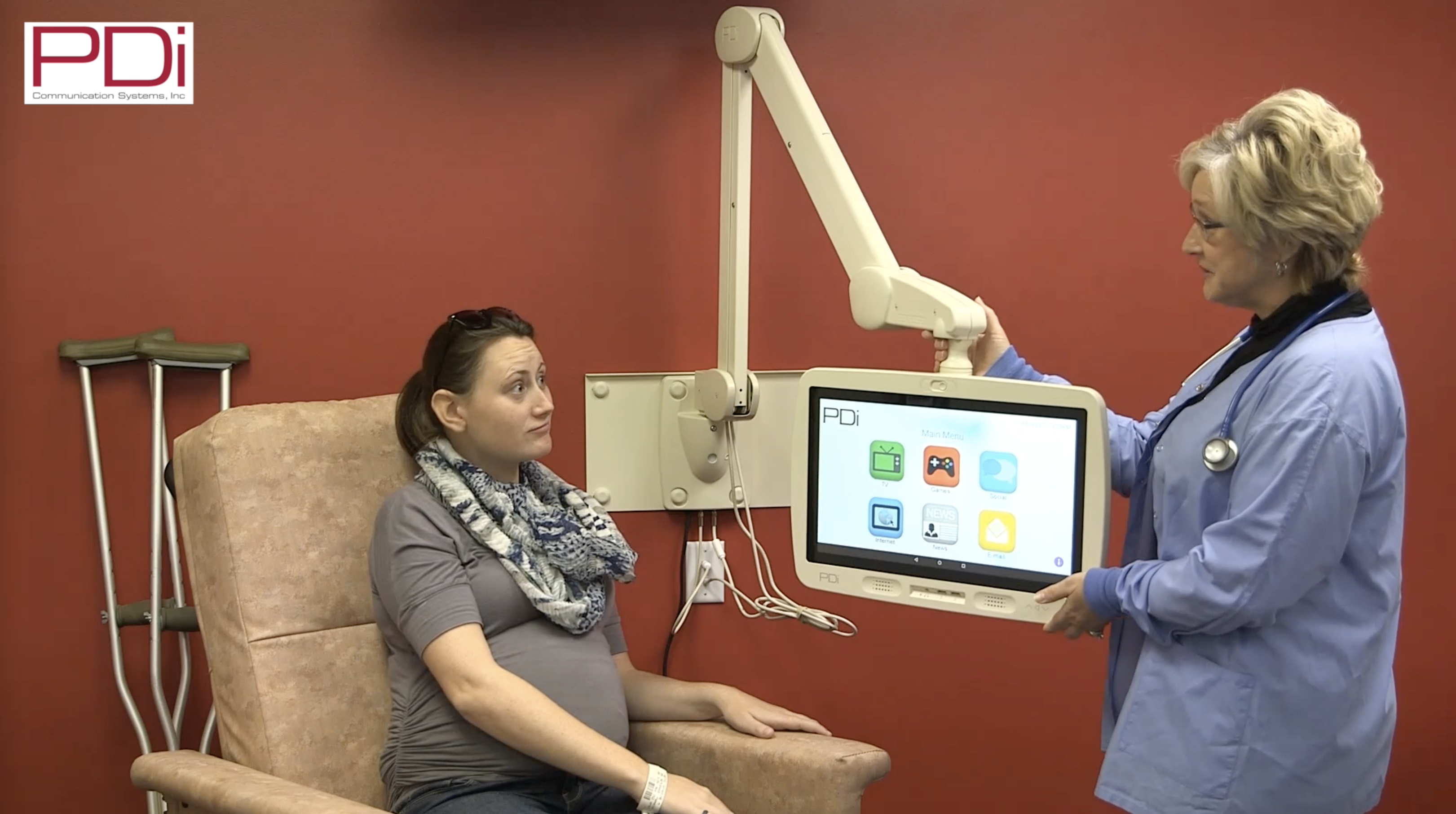
Patient experience matters. NOTE: This blog was updated August 2022. PDi understands that. Trusted for 40 years, US-based PDi satisfies patients in...